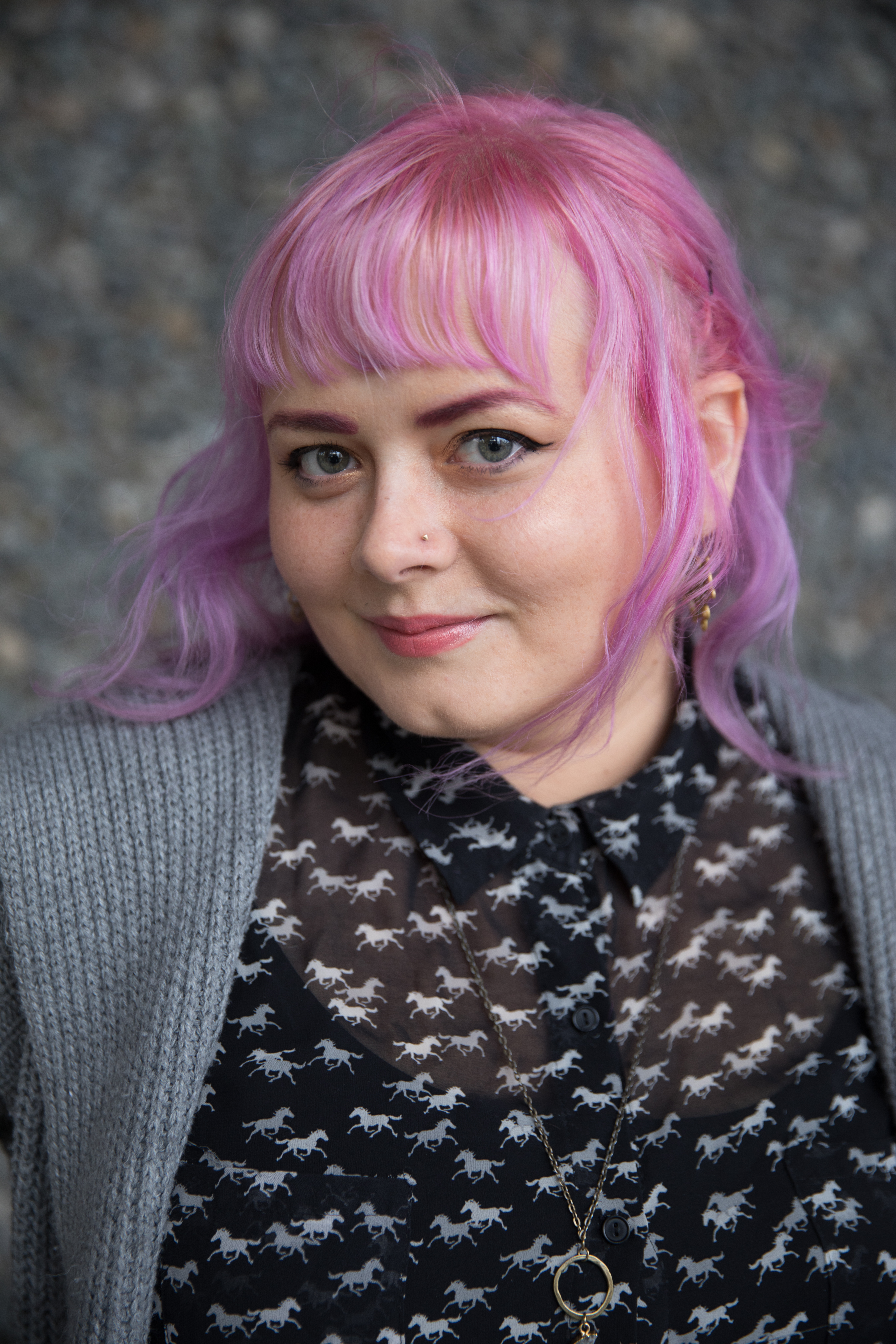
Malls Were Always Intended as Gathering Spaces
In their heyday, malls became best known as teen hangout spots, and social places as much as shopping centers. While retail sales were always the central goal, having space for the surrounding community to gather was also part of the plan. Plantings, fountains, seating, and other non-retail draws were staples of mall design from the beginning.
“Between each of the buildings, landscaped plazas with fountains, flowers, sculpture, and trees offered seating and shade,” writes architecture critic Alexandra Lange in her book Meet Me by the Fountain, describing one of America’s first malls. The designer, Victor Gruen, was a pioneer in mall design, and called these in-between spaces a vital “town-building element.”
Air-conditioning also became a major draw, and in enclosed malls, environmental controls became more efficient, eventually leading to indoor environments that mimicked bustling town centers. They even got their name from the linear, landscaped promenades referred to as “malls” long before shopping malls existed, like the National Mall in Washington, D.C., or Pall Mall in London.“The malls of the late 1950s and early 1960s were Main Street under glass, their dimensions taken from the street fronts of prewar downtowns but without the clamor,” Lange notes.

Early Malls Were Praised by Architecture Critics
While malls have a complicated architectural legacy, they seemed to provide a uniquely pedestrian-level shopping experience when they first emerged. The carefully curated indoor environments of early malls were praised by critics at Architectural Forum, Fortune, Architectural Record, and other publications.
Even Jane Jacobs, an urbanist best known for her efforts to protect people-centric neighborhoods from predatory developers and urban renewal, had exciting things to say about Victor Gruen’s first mall project, Northland in Detroit, in the June 1954 issue of Architectural Forum.
“Northland is a planning classic because it is the first modern pedestrian commercial center to use an urban ‘market town’ plan, a compact form physically and psychologically suited to pedestrian shopping,” Jacobs wrote. “Other points about Northland will become yardsticks. For instance, its high standards in public signs; its uninhibited, generous, and lighthearted use of art.”
“Shopping traffic has come full circle. It is right back where it started — with the pedestrian,” she added.
Not everyone was happy though, even at the beginning; Frank Lloyd Wright notably called the first fully enclosed mall “desolate-looking” and said that the building’s garden court “has all the evils of the village street and none of its charm.”

New Jersey Has More Malls Per Square Mile Than Any Other U.S. State
The state of New Jersey packs around 28 malls into its relatively small size (just 7,354 square miles of land area), giving it the most malls per square foot out of any state in America. Some of these malls have seen better days — but even in an era of “dead malls,” Jersey is still getting new ones.
The American Dream Mall in East Rutherford, now the second-largest in the United States at 3 million square feet, finally opened in 2019 after more than a decade sitting partially built. Like in many megamalls, its attractions go way beyond retail. This one is home to a Nickelodeon theme park, a Dreamworks water park, an NHL-size skating rink with its own women’s hockey team, a 300-foot observation wheel, an 18-hole miniature golf course, a fountain that converts into a fashion runway, and even a 16-story indoor ski and snowboard slope, in addition to more than 450 shops.
More Interesting Reads
The World’s Biggest Mall Is 15 Million Square Feet
While the title of World’s Largest Mall was held by the Dubai Mall in United Arab Emirates for around a decade, the Iran Mall in Tehran, Iran, unseated it in 2018 when it opened its 15 million-square-foot first phase. When completed, the whole project will be close to 21 million square feet.
So far, the mall boasts a rooftop sports complex with a path for hiking and jogging, a musical fountain, a mosque, a traditional bazaar, a giant library with elaborate millwork, and picturesque gardens, including green space and areas designed to showcase Persian architecture. At the beginning of the COVID-19 pandemic, the entire facility was temporarily transformed into a 3,000-bed treatment center in just around five days, but the stores have since reopened.
The New Century Global Center in Chengdu, China, is the world’s largest building by land area at around 19 million square feet, but malls are only parts of that gargantuan facility.

The Mall of America Has Its Own Counterterrorism Unit
Since the attacks on September 11, 2001, the massive Mall of America, which gets around 40 million visitors a year, has been treated as a potential terrorist target. As a result, it has its own private counterterrorism unit — although the results have been mixed. Having a specialized team certainly came in handy when an actual threat was issued, but ordinary visitors have also been flagged for suspicious behavior and detained in the mall’s basement police station over normal activities like taking videos or forgetting a cellphone on a table.
Even without the specialized unit, Mall of America security is much beefier than that of a typical mall. All security officers get 240 hours of training, and they even have a canine bomb detection unit.

“Dead Malls” Are Finding New Lives as Housing, Health Care Facilities, and More
Although reports of the mall’s death are somewhat exaggerated, many are shuttering or coming close to it. But that doesn’t mean the buildings, or even still-operational malls, have outlived their usefulness. Some companies, governments, and organizations are finding plenty of use for all that space to address gaps in housing, health care, and even community gathering spaces.
One former mall in Rochester, New York, has become senior housing. While much of the construction was new, 73 of its 157 units were built within a former Sears department store. The complex as a whole includes three courtyards, two large patios, a gym, and community space. Other parts of the mall have become a rec center and a nursing school.
Alderwood Mall near Seattle still operates as a mall, but it’s adapting as it goes (and preparing for incoming light rail) by replacing the former Sears with new construction containing around 300 apartments and ground-floor retail. Another mall in Providence, Rhode Island, converted its existing building into mixed-use residential and retail, converting unused retail spaces upstairs into itty-bitty microlofts.
Meanwhile, more than 30 malls across the country have converted into medical complexes; the properties tend to be easy to get to and, when the original buildings stick around, they’re designed to be easier to navigate than many medical buildings.
Other uses of former malls include a proposed medical marijuana farm and dispensary, a tech company campus, and a civic center that includes a city hall, municipal court, and library alongside residential, retail, and office spaces.












